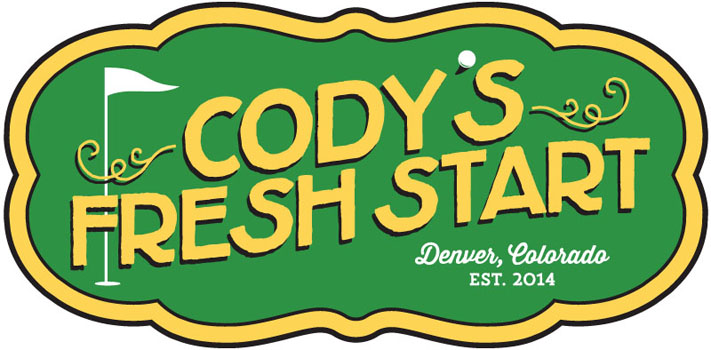By Mary Cucarola – 5/1/18
“Colorado drug deaths almost certainly were the worst in the state’s history last year, as the opioid epidemic morphed into a broader overdose crisis.” ~The Denver Post, April 4, 2018
As the opioid crisis rages across America, there is an increased focus on these substances in the news, on social media, and in public policy conversations. We hear it referred to as the opioid epidemic.
In 2016, more than 63,600 Americans died from drug overdoses. On average drug overdoses now kill 174 Americans per day. Out of those drug overdoses, 116 are from opioids. My son died of a heroin overdose in 2013, although his autopsy said it was morphine in his system – heroin is synthesized from morphine.
What’s the difference between an opioid and an opiate?
I have used these terms interchangeably over the past few years, and it occurred to me there might be a difference in these terms. I thought opioids referred to pills and opiates referred to heroin. I was partially correct, but not completely and it’s confusing to many, not just me.
An opiate is derived from the flowering opium poppy plant – morphine, heroin, and codeine are examples. On the other hand, the term opioid is a broader term that includes opiates and refers to any substance, natural or synthetic, that binds to the brain’s opioid receptors – the parts of the brain responsible for controlling pain, reward and addictive behaviors. Some examples of synthetic opioids include the prescription painkillers hydrocodone (Vicodin) and oxycodone (OxyContin), as well as fentanyl and tramadol.
Methadone and buprenorphine (Suboxone) are opioids, even though they are prescribed to help treat opioid addiction.
Suboxone includes 20% naloxone (Narcan) and is the weakest of the two producing a minimal high. Narcan, an opioid antagonist, helps avoid bad withdrawal symptoms, reduces the abuse potential, and is the medication used to reverse opioid overdoses. Suboxone can be tapered to the point where an individual is no longer reliant on any opioid. Tapers vary in length and need to be completed under medical supervision.
Methadone is a full opioid agonist that binds opiate receptors at a high frequency resulting in heavy euphoric feelings. Methadone has a higher abuse potential than Suboxone, because Suboxone is a partial opioid agonist and includes naloxone, to prevent users from severely abusing the drugs to achieve highs. Both have withdrawal symptoms when trying to stop because they are opioids.
Vivitrol is naltrexone, a non-addictive, once-monthly drug proven to prevent relapse in opioid dependent patients when used with counseling following detoxification. It is taken by mouth or injection into a muscle. Vivitrol blocks opioid receptors in the brain but carries the risk of overdose if a patient uses opioids to try to overcome the opioid-blocking effects.
Medication-assisted treatments (MAT), like methadone, Suboxone, and Vivitrol, are especially helpful in the early recovery stage, when the person in recovery is going through detoxification and withdrawal.
MAT is being used more frequently for opioid treatment with some evidence suggesting it can increase the odds for long term recovery. I have not seen evidence it works over the long term in my years of experience with addiction, but opioid treatment seems to be trending in this direction. It is a more expedient and less expensive way to treat opioid-dependent patients rather than using 30 day intensive in-patient or 90 day long term residential treatment programs.
My son was prescribed Suboxone in the hospital to help him taper off of heroin to ease his symptoms of withdrawal and reduce the cravings, but he went back to using heroin soon after he returned home from his medical detoxification, even though he left with a prescription for Suboxone. There was no follow through from the hospital or the doctor who prescribed it, other than a recommendation for out-patient treatment, which never seemed to work for him.
It seems to me medication-assisted treatment, without some kind of recovery program, be it professional therapy or group support, is a difficult path to follow. Everyone has their own path and whichever one leads to recovery, they need to walk down it. Who am I to say what is the best path?
Recovery and staying alive are the goals here – opioids are life or death drugs.
At times, I do wonder if my son would be alive today if he would have stayed on a Suboxone taper for a while (not just a few days), combined with his 12 Step recovery program (which he believed in), and medical supervision. When he overdosed and died, he had none of these going on in his life, and he was a very sick puppy.
In conclusion, the term opioid encompasses all drugs, synthetic, semi-synthetic, or naturally occurring, which act on opioid receptors. So, the meaning of the opioid epidemic refers to pills and heroin and all substances that bind to the brain’s opioid receptors causing opioid addiction.
Mary Cucarola, Founder
References
ACSH Explains the Difference Between Opioids and Opiates https://www.acsh.org/news/2017/10/27/acsh-explains-whats-difference-between-opioids-and-opiates-12041
We Asked, You Answered: Is There a Difference Between an Opioid and an Opiate? https://www.centeronaddiction.org/the-buzz-blog/we-asked-you-answered-there-difference-between-opioid-and-opiate
Is Suboxone an Opiate? https://www.workithealth.com/blog/suboxone-opiate-detox-questions
All About Opioids https://www.shatterproof.org/about-addiction/opioids-in-depth
Narcotic vs. Opiate https://www.therecoveryvillage.com/opiate-addiction/narcotic-vs-opiate/#gref

